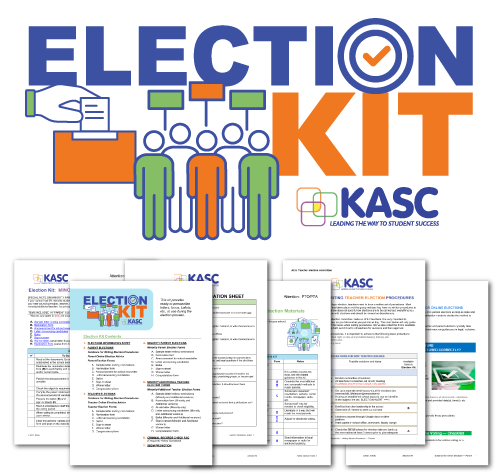Student understanding and teacher focus have grown dramatically over a two-decade improvement drive, leaders say

A clear handle on fractions is the goal for fourth-grade math students one January morning at Gamaliel Elementary, a small school perched near the Tennessee border in Monroe County. Teacher Shelly Buck asks her students to concentrate and visualize: “Make up one-fourth in your head,” she says. “If you were to visually picture one-fourth, is it more or less than one half?” She asks students to think and be prepared to take a position or to agree or disagree with classmates who volunteer an answer.
When it comes to math, schools across Monroe County routinely turn numbers into concepts before they plow through problems with paper and pencil. This same morning, across the county at Joe Harrison Carter Elementary, fourth graders are covering almost the same math standard. Their teacher, Shelly Scott, has handed out small colored tiles allowing students to line up equivalent fractions on their desks.
Students here know their teachers will find several approaches to important math concepts.
“They teach math in different ways,” explained Gamaliel fifth-grader Aurora Logan, 10. She said the various perspectives help. “If we don’t understand, they’ll teach us other ways,” she said. “On fractions, she taught us one way to do it but ended up teaching us a different way that was easier for me.”
For the better part of a decade, Monroe County has been focused on not only exposing students to academic standards, but making sure students master important concepts. Schools identify the most essential learning goals for extra emphasis. For all standards, however, all three elementary schools have tailored training, ongoing classroom assessment, data analysis, and student report cards to move toward ensuring that all students meet all standards.
As it happens, fractions are a big deal for teachers and administrators, who are constantly aware of moving increasing numbers of students to mastery and proficiency.
“We know exactly what we’re looking for,” said Tompkinsville Elementary fifth-grade teacher Chelsey Murphy. Teachers design assessments to constantly monitor what students know and determine when to circle back, reinforce, or move ahead. “We don’t get data and put it aside,” Murphy said. “We use it with our kids and think about whether they are missing things because we need to go back over concepts or whether people are making simple math mistakes.”
Visits to classrooms and administrators at all three Monroe County elementary schools showed a common approach to knowing how well individual students are meeting expectations and ways that plans are adjusted each week to make sure any weak points are getting extra attention. (The same data monitoring allows students who exceed expectations to tackle more challenging material.)
The results jump out. Monroe County was named a “bright spot district” in a statewide analysis of student performance by the Center for Business and Economic Research at the University of Kentucky in partnership with the Prichard Committee for Academic Excellence.
Continue Reading


